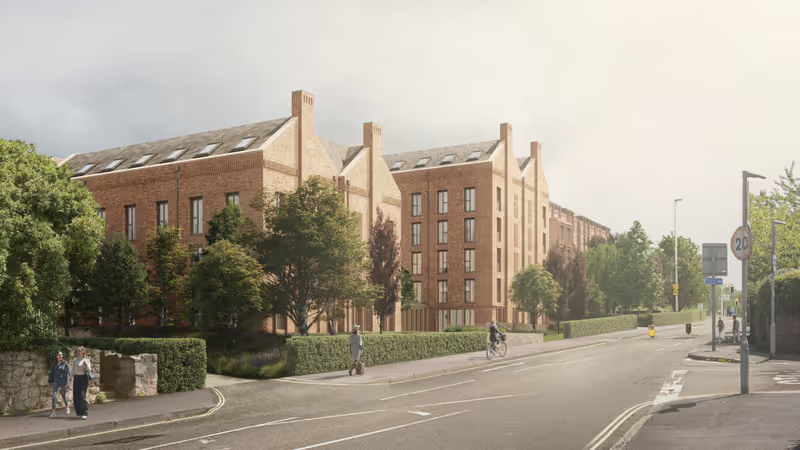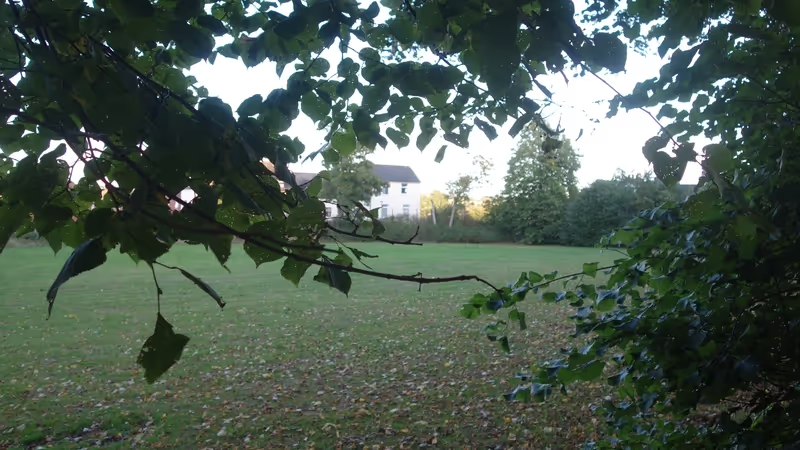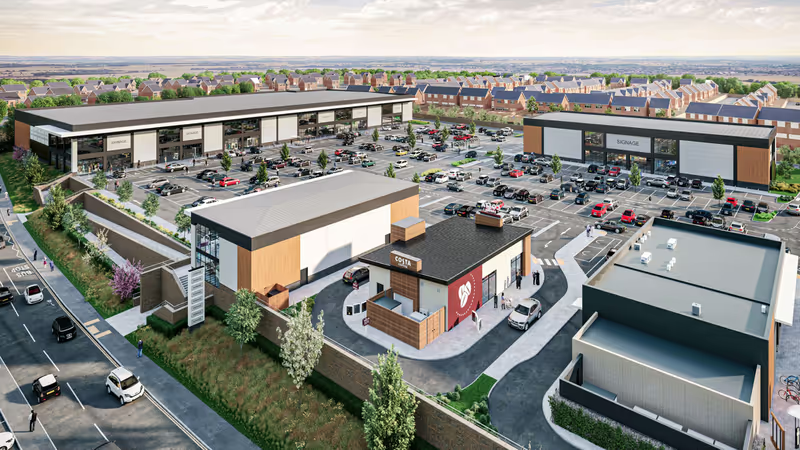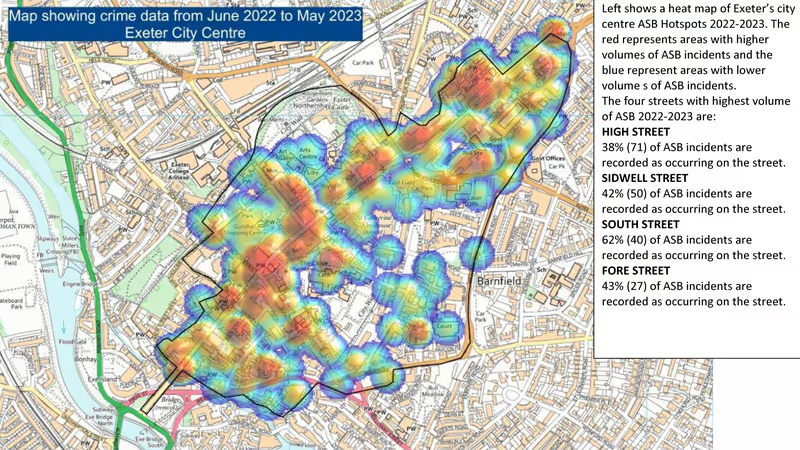After fronting a pair of Liveable Exeter property development scheme promotional events in an empty High Street retail unit in May and June, it was RAMM’s turn to host a third at its Queen Street museum headquarters in July.
Ostensibly Lego-led, all three events have sought to convey the idea that the council is keen to invite residents to have their say on how the new Exeter Local Plan should frame spatial development in the city until 2040.
Touted as a “once in a generation opportunity to reimagine what the city could look like” much of the thinking around the 12,000 homes the council is determined to build whether or not Exeter needs them has nevertheless already been done.
As council development director Ian Collinson recently said, the council intends the Liveable Exeter scheme to “anchor and underpin” the new local plan, and the scheme’s financing vehicle, Exeter Development Fund, depends in turn on a series of assumptions that have already been made about what Liveable Exeter development should be and whose interests it should serve.
These include that all the housing should be for rent, not purchase, in order to extract sufficient profit to pay the interest demanded by bankrolling private financiers, and that few units will be suitable for family occupation with none for social housing.
Central government, which is paying Exeter City Futures to engineer the fund, will retain effective control throughout, and the council will have to sell publicly-owned land and property assets to a third-party development corporation to make it happen.
 Liveable Exeter community engagement with council development director Ian Collinson
Liveable Exeter community engagement with council development director Ian Collinson
Last month’s RAMM event showcased the council’s approach to the community participation in local plan development it needs to demonstrate to get the plan past the planning inspectorate.
The audience was presented with a demo of an online-only “Future Place” survey which invited participants to choose between prescribed options presented as vague abstractions rather than concrete proposals.
None addressed the development delivery financing priorities which look set to turn the Liveable Exeter scheme into a gentrification engine.
Answers that were allowed to “Which is most important for the future of this place?” included “Streets for living, playing and relaxing: not just for travel” and “A vibrant neighbourhood: all the things I require nearby”. None related to affordability or prioritising housing for local people.
Nor was there an explanation of how the findings derived from non-statutory consultation approaches such as this, or the Lego models and post-it notes which were the primary input methods at the “RAMM About Town” events that took place in May and June, will actually be incorporated into the new plan.
The council has so far failed to answer questions about how this might work, but does say it will “consider” what it calls “feedback”.
 Council planning policy promotion as museum exhibit – “Picture yourself in the leafy green, sustainable Exeter of the future”
Council planning policy promotion as museum exhibit – “Picture yourself in the leafy green, sustainable Exeter of the future”
Apart from council members and officers, it appeared few present were convinced by the “Future Place” survey demo.
While the choice of tools had clearly shaped its design, there was no escaping the contention that its content should have been derived differently. By actually talking to people first, as several suggested.
However as the survey was due to go live the same week, the prospects for pre-launch community consultation looked poor, particularly as its findings are supposed to be included in the draft plan which is due in September.
(As there’s still no sign of the survey a fortnight later, who knows what role it will now play.)
Audience members also mentioned the poor quality of recent Exeter development in areas including Monkerton and Newcourt and pointed out that what’s needed to make places work for residents is already well-understood.
The council’s stock rejoinder to this sort of criticism has become to blame the planning system, repeatedly, then cite Exeter Development Fund as the solution.
Not that the contradiction entailed by encouraging people to get involved in developing new planning policy while telling them that planning policy doesn’t work is entirely lost on all those involved.
However it is not the fault of the planning system that the council has not introduced promised policies to restrict the impact of inexorably rising student numbers on the city’s residential housing stock, or to prevent developers pretending that enormous blocks of sub-standard bedsits are not intended for student occupation simply by calling them “co-living”.
Nor is the planning system responsible for the council not setting higher standards than the national Building Regulations for energy efficiency or introducing other improved design quality standards.
Instead the council has been postponing the introduction of needed new planning policies for the past two years on the grounds the new local plan is on its way, although its adoption will not take place until June 2024 at the earliest.
It appears it has become so fixated on delivering the Liveable Exeter scheme, and lining up Exeter Development Fund to finance it, that it is prepared to let developers carry on regardless in the rest of the city while it spends years putting together its plans for a handful of sites.
Whether the planning system reforms the government intends to introduce as part of its Levelling Up and Regeneration Bill, which is expected to become law before Exeter’s new local plan reaches examination stage, will lay the council’s carefully-contrived plans to waste remains to be seen.










